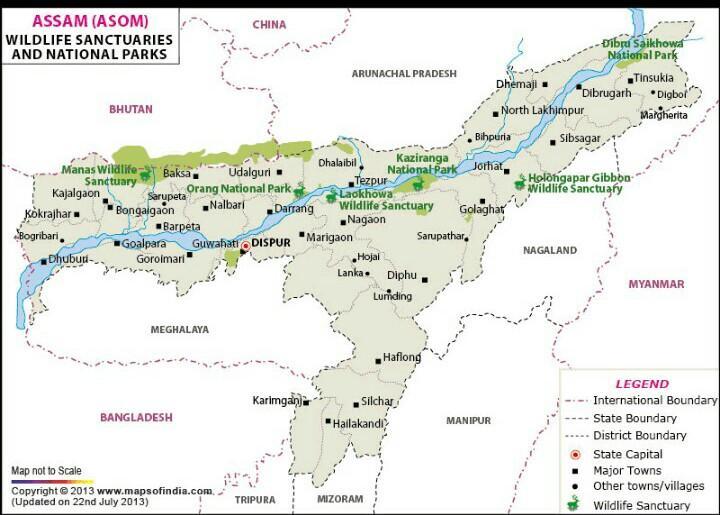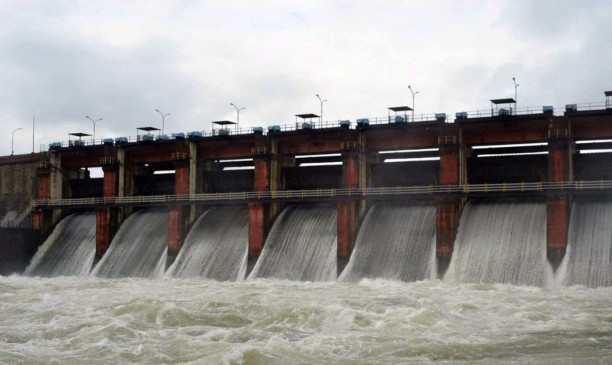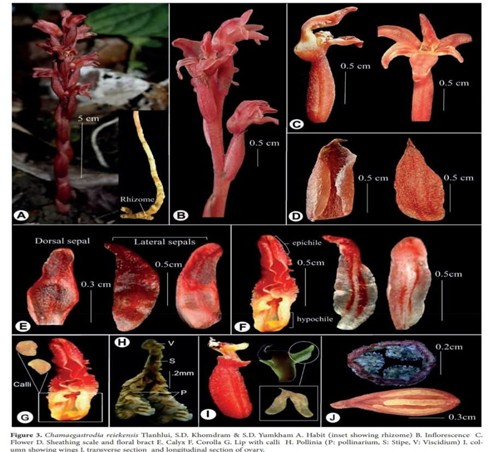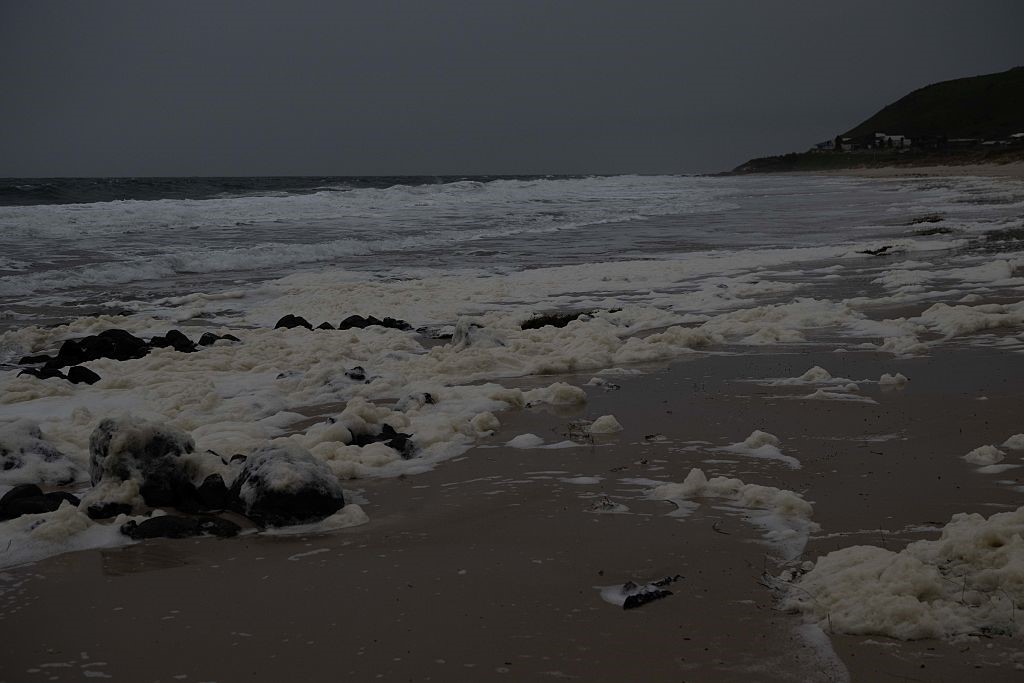Description

Copyright infringement is not intended
Context: The population of the greater one–horned or Indian rhinoceros in the Kaziranga National Park and Tiger Reserve has increased by 200 in four years, the latest census of the World Heritage Site’s flagship animal has revealed.
Key highlights of recent survey:
- The last rhino census conducted in 2018 had put the number at 2,413.
- 2,613 rhinos are estimated, which indicates an annual increase of 50 rhinos since 2018.
- This year’s census had used the drones for the first time to recheck 26 park compartments where the sample survey was conducted.
- Of the rhinos estimated, 1,823 were adults, 365 were subadults, 279 juveniles and 146 calves. The females — both adults and subadults — outnumbered the males by 183.
- The Orang National Park recorded an increase of 24 rhinos over the figure of 101 in 2018. There was no incident of poaching in the 78.81 sq. km park on the northern bank of the Brahmaputra river during this period.
- The 38.80–sq. km Pobitora Wildlife Sanctuary recorded five more rhinos than in 2018. Of the 107 rhinos counted, 50 were females, 30 males and 27 calves.
Great Indian rhinoceros
- The Indian rhinoceros also called greater one-horned rhinoceros or great Indian rhinoceros is a rhinoceros species native to the Indian subcontinent.
- It is the only large mammal species in Asia to be down-listed from endangered to vulnerable in the International Union for Conservation of Nature,IUCN Red list in 2008.
- The extent and quality of the rhino's most important habitat are considered to be in decline due to hunting, agricultural development in tarai region and livestock encroachment.
- Indian rhinos once ranged throughout the entire stretch of the Indo-Gangetic Plain has reduced drastically to 11 sites in northern India and southern Nepal.
Indian Rhino Vision 2020 (IRV2020)
- Designed in 2005, the IRV2020 is believed to have achieved its target of attaining a population of 3,000 rhinos in Assam.
- But the plan to spread the Rhinoceros unicornis across four protected areas beyond Kaziranga National Park, Orang National Park and Pobitora could not materialise.
- Wild-to-wild translocationswere an essential part of IRV2020 – moving rhinos from densely populated parks like Kaziranga NP, to ones in need of more rhinos, like Manas NP.
- Rhinos are now found in four Protected Areas in Assam: Pabitora Wildlife Reserve, Rajiv Gandhi Orang National Park, Kaziranga National Park, and Manas National Park.
National Rhino Conservation Strategy for India:
- It called for active engagement between India and Nepal to conserve the greater one-horned rhinoceros.
- The single population of rhinos in Sukla-Phanta (Nepal), Valmiki tiger reserve (India)and Chitwan National Park (Nepal) and Dudhwa (India)is separated by the political boundary between the two countries.
- Instead of managing the two populations differ in the two countries, plan focus on the managing rhino population with the same protocol.
- The plan calls for expanding distribution range as occurrence of 90 per cent of the rhino in one protected area is a cause of concern.
- It also calls for strengthening protection, having dedicated research and monitoring and strict enforcement.
- The objectives include
- strengthening protection,
- expanding the distribution range,
- research and monitoring, and
- adequate and sustained funding.
About KNP:
- Kaziranga National park’s is home to more than 2200 Indian one-horned rhinoceros, approximately 2/3rd of their total world population.
- It is located in the edge of the Eastern Himalayan biodiversity hotspots– Golaghat and Nagaon district.
- In 1985, it was declared as a World Heritage Site by UNESCO.
- It was declared as Tiger Reserve in 2006.
- It is recognized as an Important Bird Area by BirdLife Internationalfor the conservation of avifaunal species.

https://epaper.thehindu.com/Home/ShareArticle?OrgId=GA79LDSSS.1&imageview=0&utm_source=epaper&utm_medium=sharearticle
















